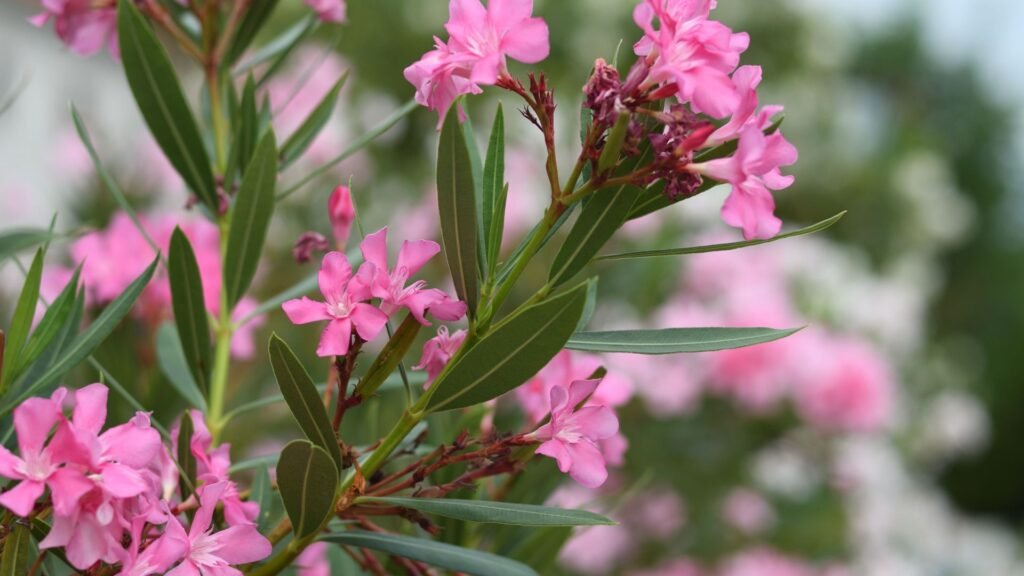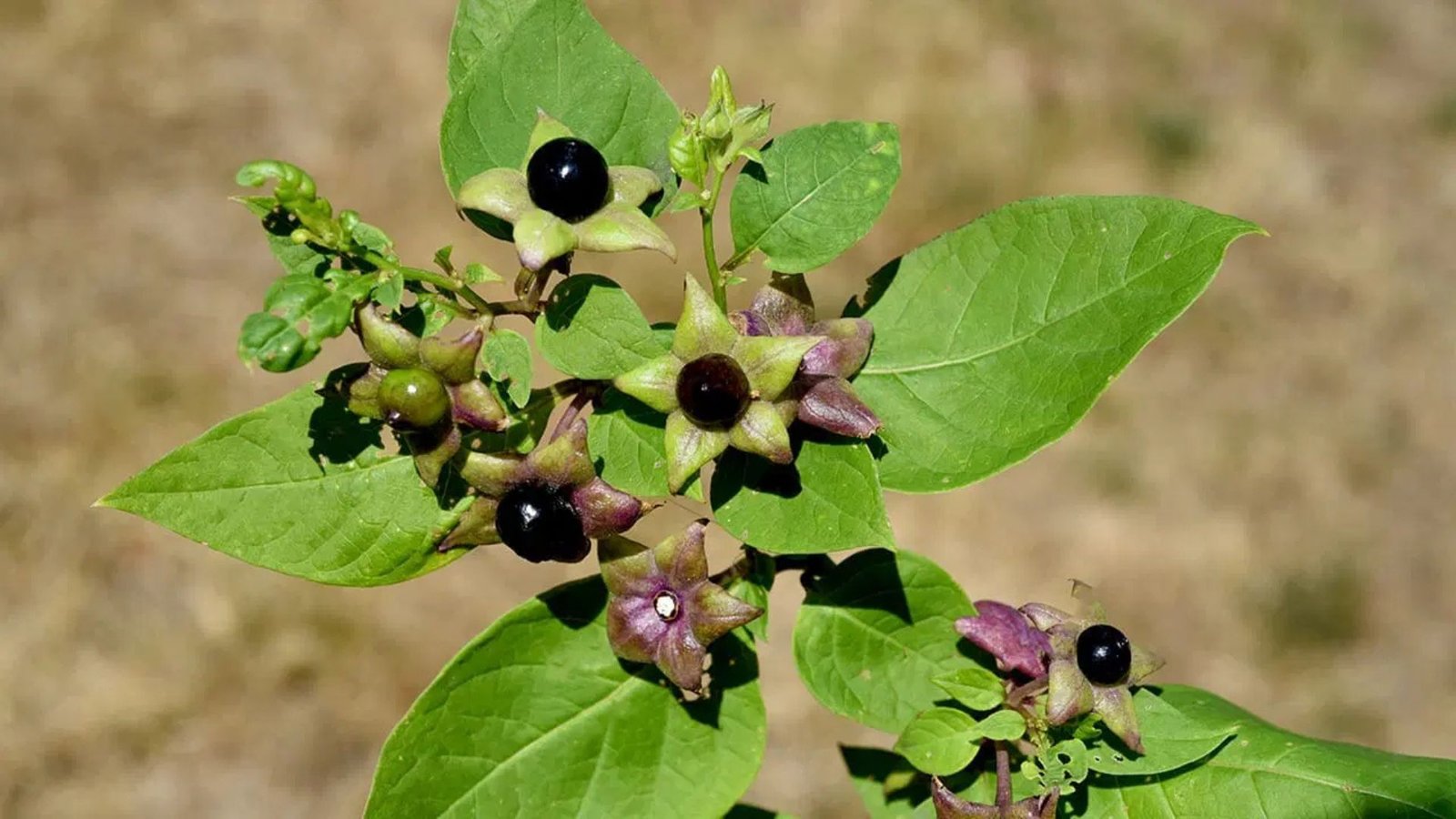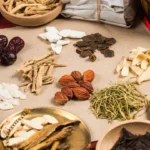Toxic Plants to Avoid
While plants are generally a source of beauty and serenity, some species pose serious risks to health if ingested, touched, or inhaled. Certain plants contain compounds that can be toxic to humans, pets, and wildlife. Being aware of these plants is essential, especially if you have small children or pets that may be more curious and prone to tasting plants. In this article, we’ll highlight common toxic plants, their symptoms, and how to avoid exposure. Understanding which plants are dangerous can help you keep your home and garden safe.

Why Are Some Plants Toxic?
Plants produce toxins primarily as a defense mechanism to deter herbivores from eating them. These toxins can vary, from alkaloids and glycosides to volatile oils and saponins. While some of these substances are harmful only when consumed in large amounts, others can be dangerous even with minimal exposure. Common symptoms of poisoning can include vomiting, nausea, skin irritation, difficulty breathing, and in severe cases, organ failure.
It’s essential to identify these plants and handle them with care, especially if you have pets or young children. Many toxic plants are often grown as ornamental plants or houseplants, making it easy for their dangerous nature to be overlooked.
Common Toxic Plants to Avoid
Oleander (Nerium oleander)
Oleander is a beautiful ornamental shrub that’s commonly found in gardens due to its vibrant flowers. However, it contains toxic compounds called cardiac glycosides, which can be fatal if ingested, especially for children or pets.
- Symptoms of poisoning: Nausea, vomiting, diarrhea, irregular heartbeats, and in severe cases, death.
- Avoid: Keep children and pets away from the plant, and wear gloves when pruning.
English Ivy (Hedera helix)
English Ivy is a popular climbing plant, often used as ground cover or for creating green walls. Despite its popularity, English Ivy contains saponins and can be toxic to humans and animals if ingested.
- Symptoms of poisoning: Nausea, vomiting, abdominal pain, and difficulty breathing.
- Avoid: Keep ivy plants out of reach of pets and children, and prune regularly to control growth.
Dieffenbachia (Dumb Cane)
Dieffenbachia is a common houseplant known for its attractive, large leaves. Unfortunately, it contains calcium oxalate crystals, which can cause irritation and swelling in the mouth and throat if chewed.
- Symptoms of poisoning: Oral irritation, burning sensation in the mouth, difficulty swallowing, and swelling of the throat.
- Avoid: Keep out of reach of children and pets, and wash your hands thoroughly after handling.
Toxic Plants for Pets
Many plants that are toxic to humans can also pose a danger to pets, particularly dogs and cats. Some of the most common toxic plants for pets include:
- Sago Palm: All parts of the sago palm are toxic to dogs and cats, especially the seeds, which can lead to liver failure and death.
- Yew (Taxus spp.): This evergreen shrub contains toxins that can cause heart problems and death if ingested by pets.
- Tulips: The bulbs of tulips contain toxins that can cause vomiting, diarrhea, and lethargy in pets if eaten.
- Poinsettia: While not as deadly as some other plants, poinsettias can cause mild irritation and discomfort if ingested by pets.
Conclusion
While plants are an essential part of our environment and homes, it’s important to be aware of those that can pose health risks. Many beautiful plants contain toxic substances that can be harmful or even fatal if ingested, touched, or inhaled. By learning to recognize these plants and taking precautions, you can enjoy your gardening and home environments safely—without putting yourself, your children, or your pets at risk.



